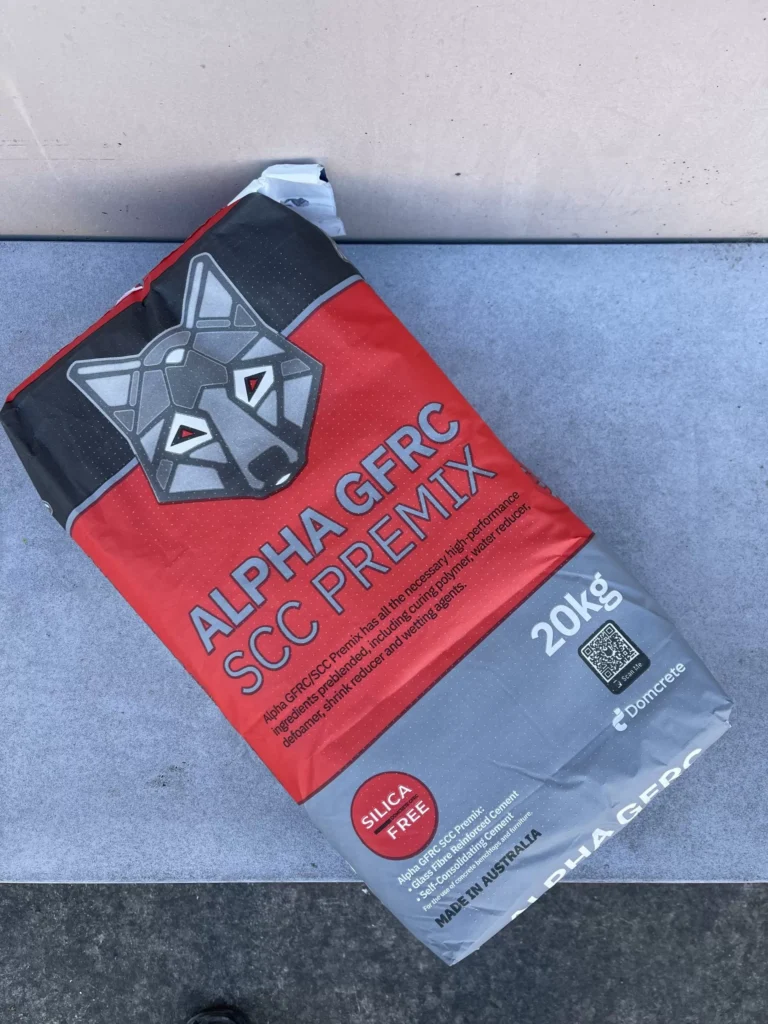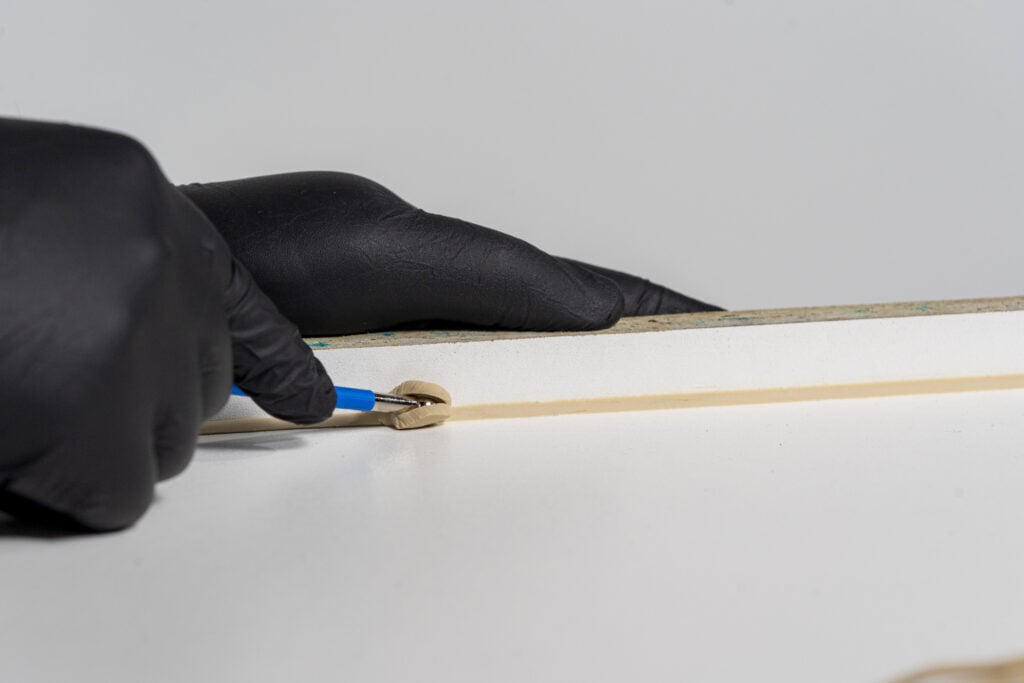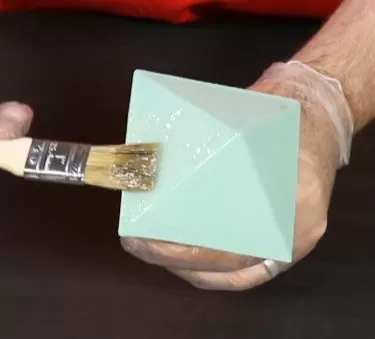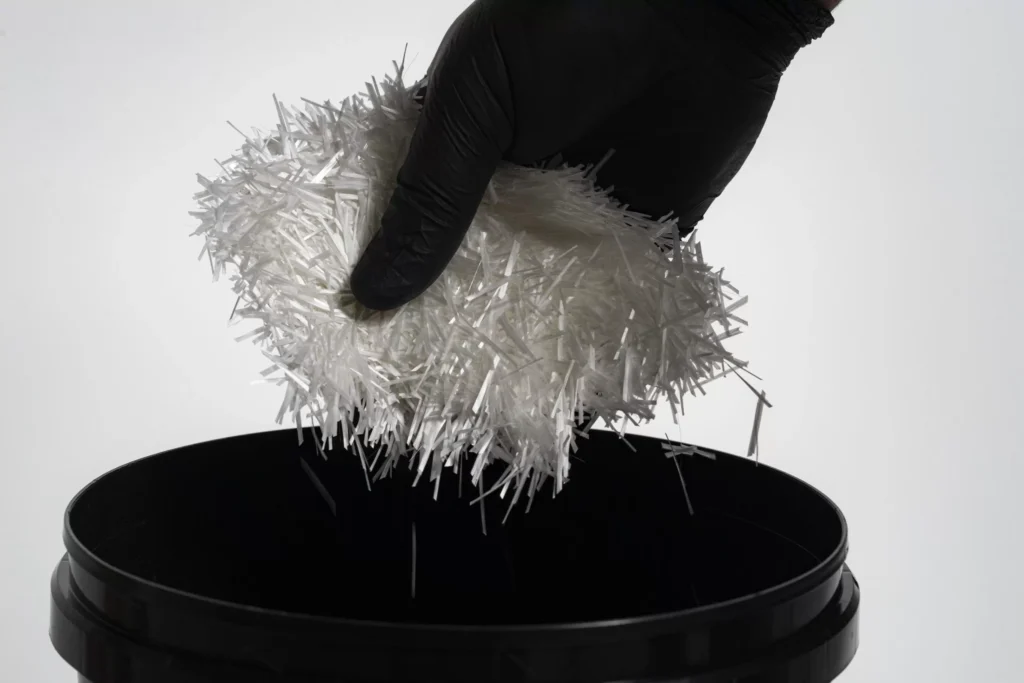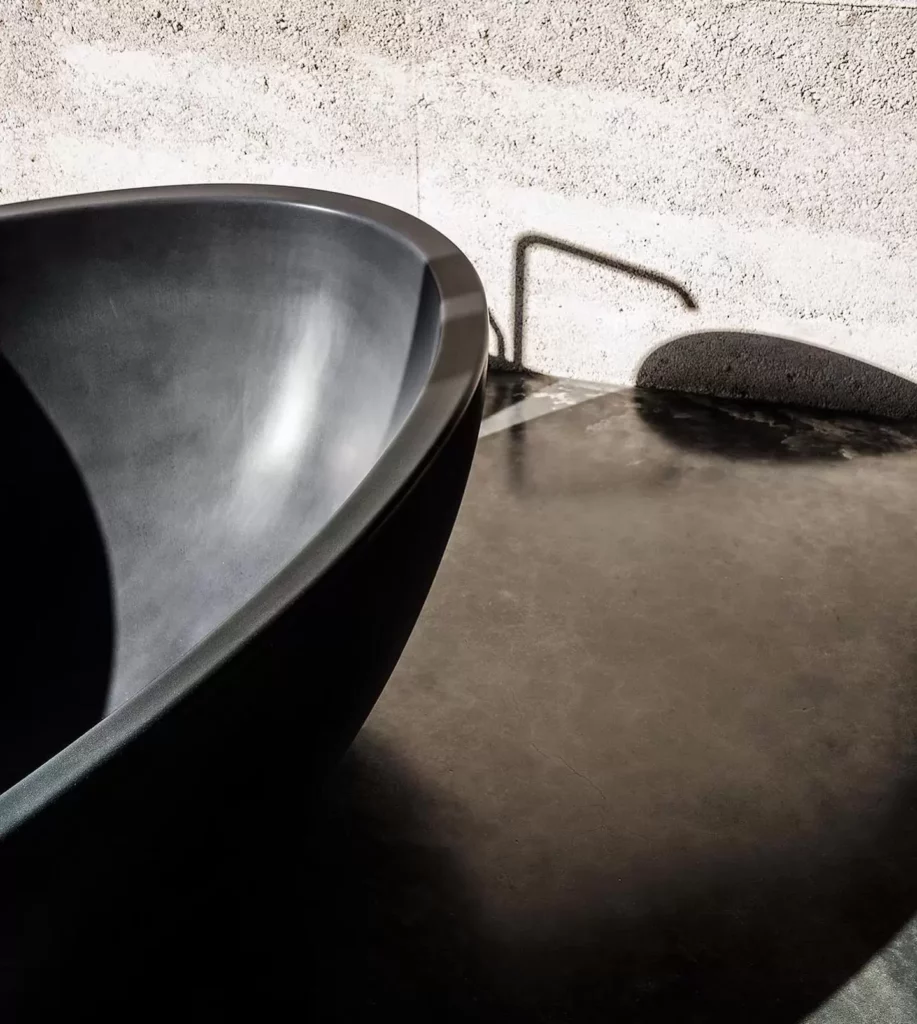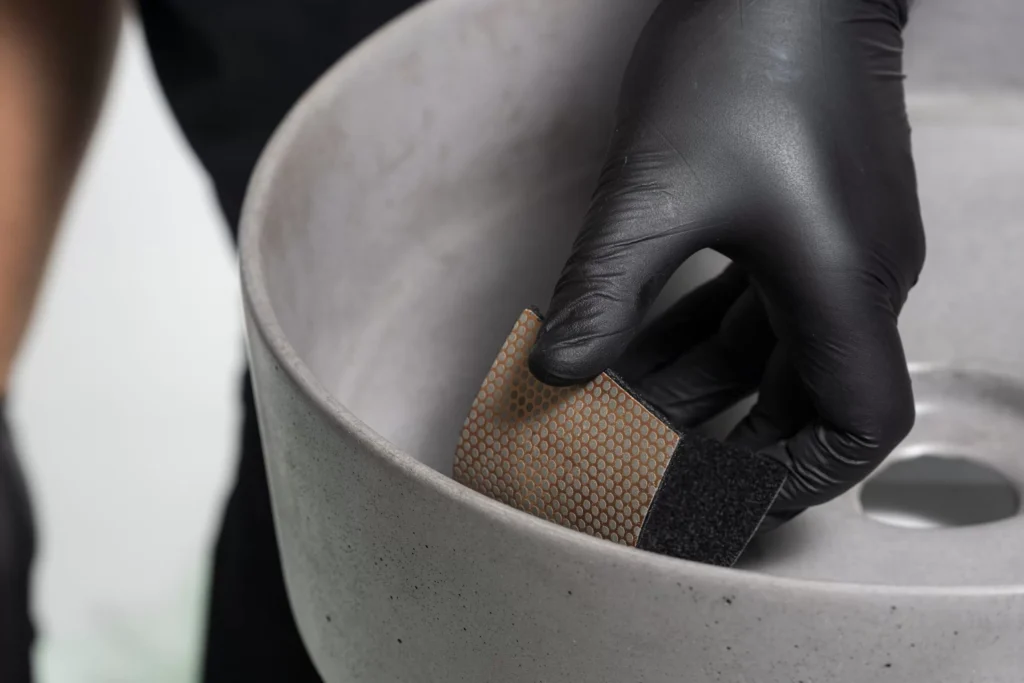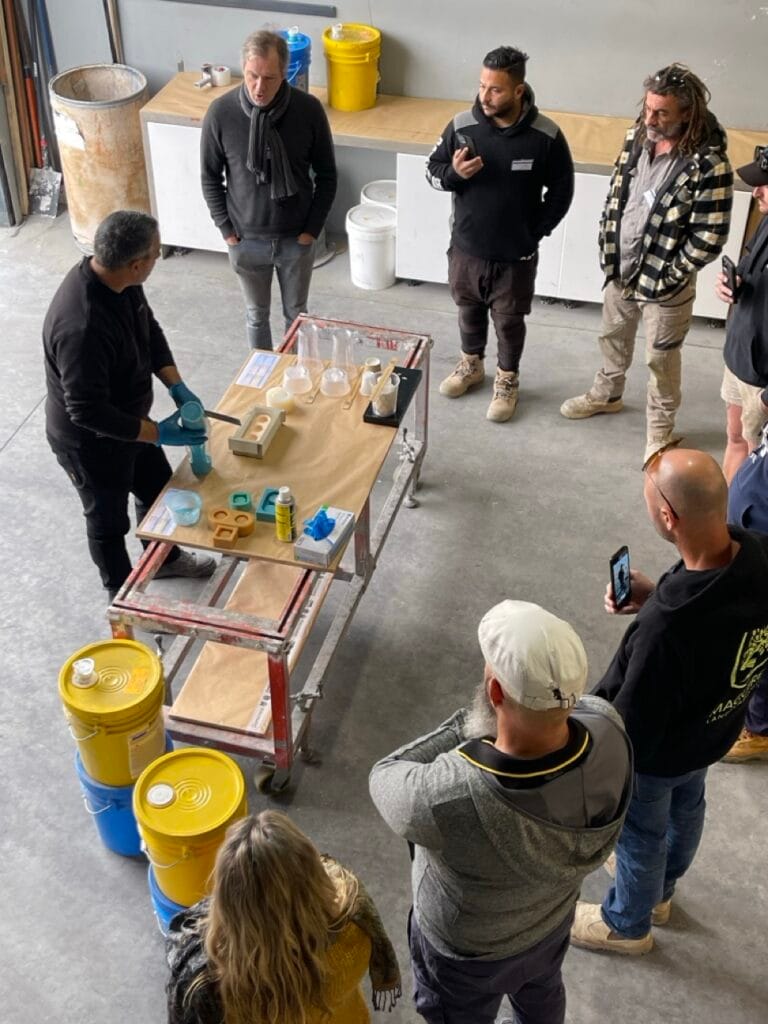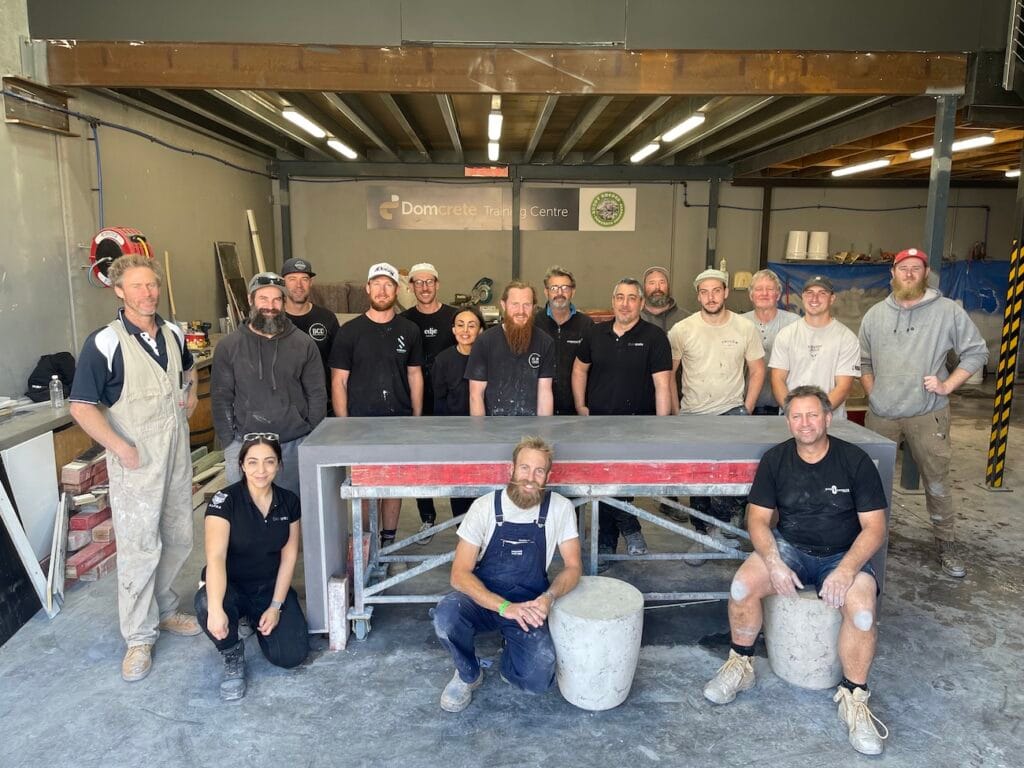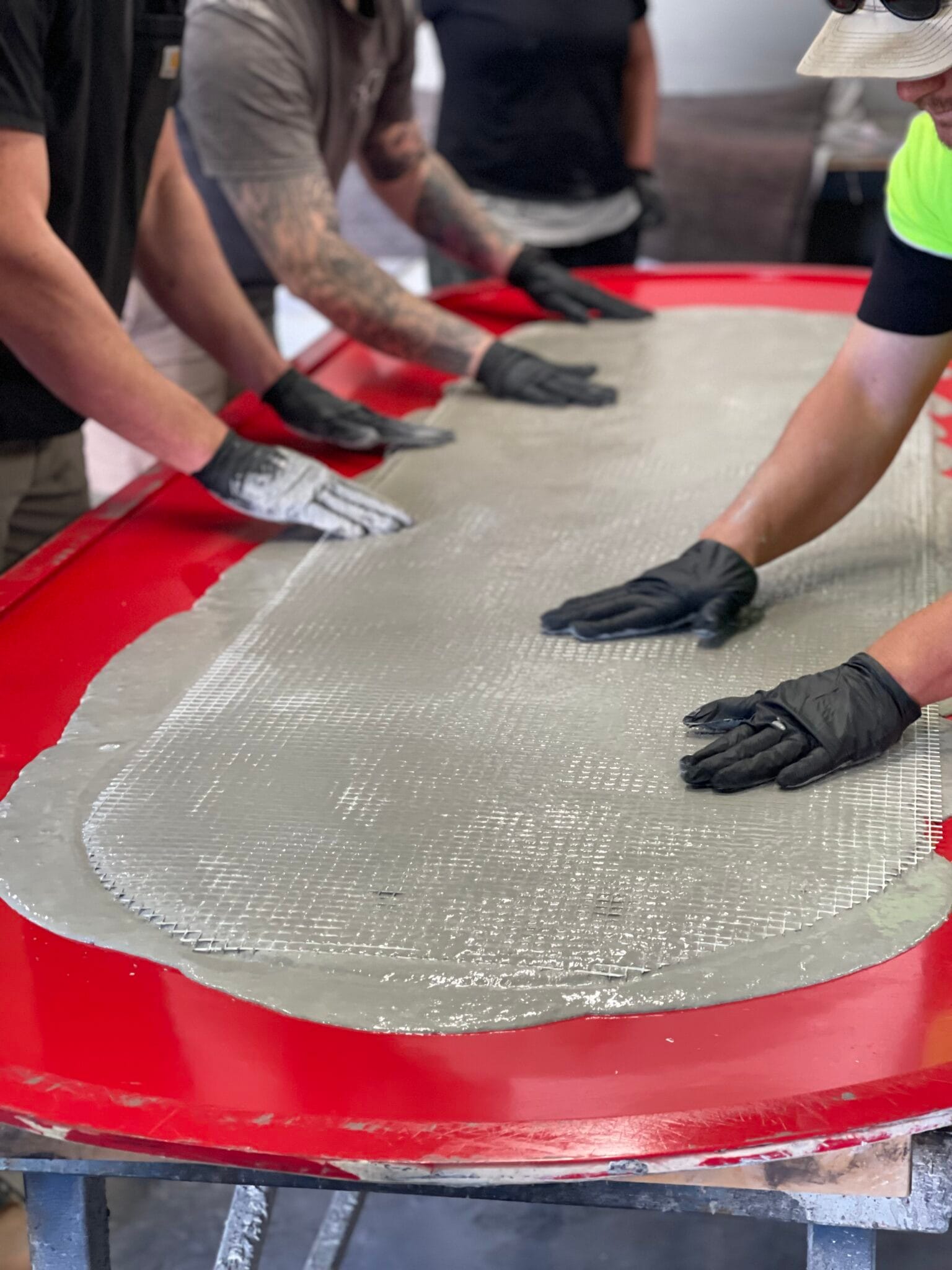Curing is easy to skip but hard to ignore later. It’s a key step that makes sure your concrete gets strong— whether it’s a bench-top, wall panel, basin, vanity or feature piece.
What Is Curing?
Curing is the process of maintaining moisture and temperature in freshly cast concrete to allow proper hydration. Hydration is the chemical reaction that happens when water combines with cement, forming a dense crystalline structure that gives concrete its strength. The longer hydration continues in the right conditions, the better your concrete will perform.
How to Cure Properly
To ensure GFRC cures properly and reaches its full potential:
Cover the casting. Place a layer of plastic sheeting directly over the surface to trap moisture. Follow this with packaging blankets to hold in warmth and prevent early drying.
Insulate during colder months. When working in cold conditions, add insulation blankets over the standard setup to maintain consistent curing temperature. A good rule of thumb: use as many blankets as you’d need to sleep comfortably in that space. Even in summer, one blanket is essential.
Demould based on conditions. Typically, you can demould after 24 hours at around 23°C. If it’s cooler or more humid, wait up to 48 hours.
If the piece is still holding heat or warm to touch, do not demould until ambient temperate have been met.
Support evenly after demoulding. Rest the casting on foam strips or spacers to allow even airflow and prevent pressure marks or bowing.
Don’t confuse “hard” with “cured.” Just because the piece feels firm doesn’t mean the internal hydration is complete. Rushing can cost you surface strength and long-term durability.
The Risk of Skipping Curing
If the correct curing process isn’t followed, GFRC will still harden — but it won’t truly cure. And that’s the difference between a solid, long-lasting piece and one that’s brittle and compromised. Uncured concrete is structurally weaker and more prone to failure, even if it looks fine at first glance.
Need a Hand?
If you’re ever unsure about curing in your specific environment or conditions, don’t guess — reach out to us at Domcrete. We’re here to help you get it right the first time.
